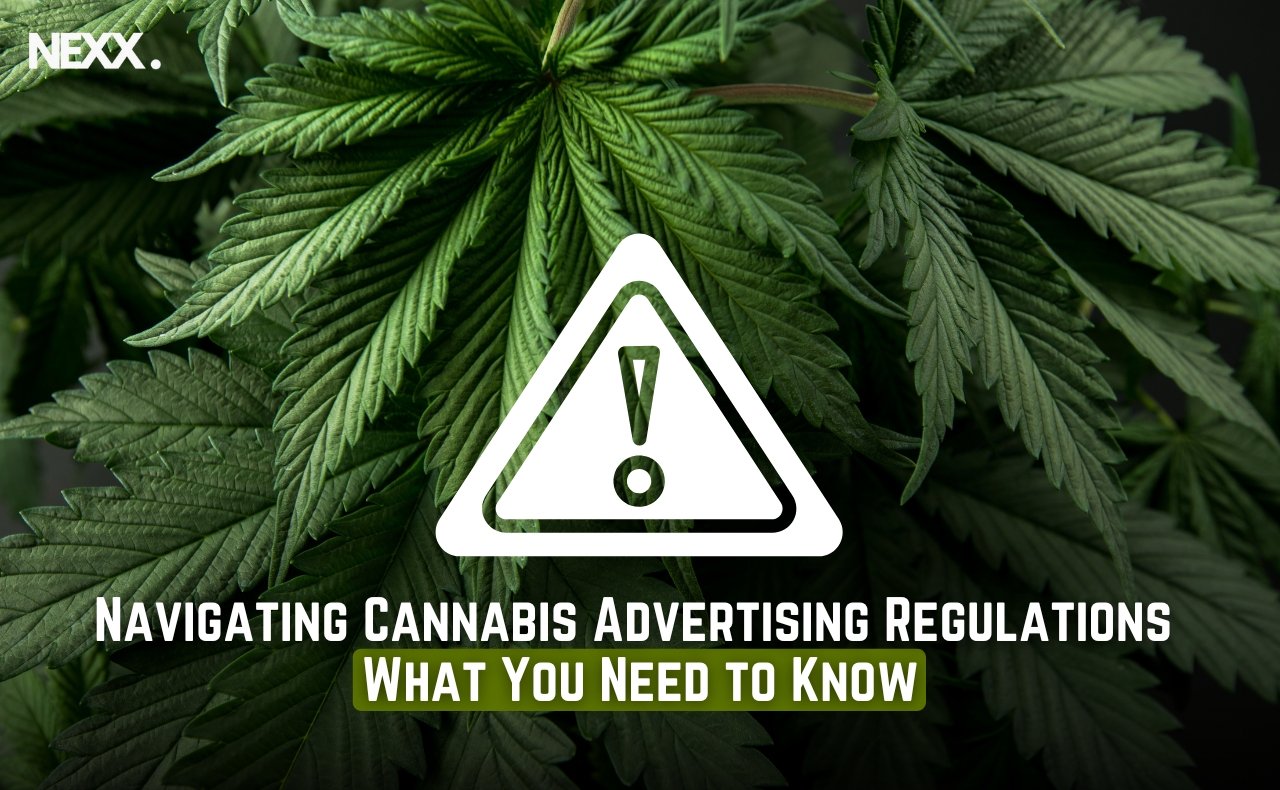Effective cannabis advertising techniques are needed as cannabis advertising laws continuously change in different countries. Companies operating in cannabis products have to comply with complicated cannabis marketing regulations that how they can advertise their goods. This article includes a thorough overview of the main rules governing cannabis advertising as well as the best suggestions for companies wishing for cannabis advertising legally.
Cannabis Advertising Regulations
It’s necessary to realize that cannabis advertising laws vary depending on the state, province, or country. It is ideal to know the cannabis marketing regulations in the region where you conduct business before getting into the finer points. States like Colorado and California, for instance, have confined laws governing cannabis promotion, but other states may take a more stringent or more relaxed stance. Furthermore, federal restrictions still followed cannabis advertising in many regions, adding further issues.
Federal Things to Think About
The Food and Drug Administration (FDA) and the Federal Trade Commission (FTC) in the US are responsible for monitoring different facets of advertising. While cannabis advertising is illegal at the federal level, states that have legalized it have followed their advertising guidelines. State and federal regulations governing advertising methods must be followed by cannabis businesses, particularly when making health claims about cannabis goods.
Businesses must still stick to general federal advertising restrictions even if cannabis use for recreational purposes is still prohibited at the federal level. Additionally, cannabis advertising by companies nationally or across state boundaries is impacted by the federal ban on cannabis. Because Facebook, Instagram, and Google have defined cannabis advertising laws that frequently forbid advertisements for illegal narcotics, it has been problematic to advertise cannabis items on these social networks. Companies must adhere to these limitations while coming up with innovative yet legal plans to interact with targeted audiences.
State-Specific Laws
Each state with legal cannabis has its own set of advertising regulations.

California: Cartoon characters and advertisements that are located within 1,000 feet of schools are prohibited by the state’s Bureau of Cannabis Control as forms of advertising that attract youngsters.
Colorado: As per the Colorado legislation, cannabis advertising is not allowed in places where over 30% of the audience is anticipated to be under the age of 21. Additionally, mandatory disclaimers regarding health hazards must be included in all ads.
Oregon: Cannabis advertising in Oregon is governed by the Oregon Liquor Control Commission. Commercials are not allowed to show cannabis goods or contain messaging that promotes overuse.
Cannabis companies must keep up with state-specific restrictions, which are subject to regular changes due to legislative updates.
Encouraging Openness and Truthfulness
The duty to give perfect information is one of the most vital elements of cannabis advertising efforts. Honesty plays an integral part in the cannabis sector, as many consumers are still learning about the goods. Claiming irrational health benefits or exaggerating the advantages of cannabis might have negative legal effects in addition to eroding consumer confidence.
Businesses should, for example, avoid claiming that cannabis products may treat particular illnesses or ailments until they have strong research support and have complied with FDA laws regarding health claims. Being open and honest about a product’s effectiveness, origin, and testing can increase its reputation and help customers make smart choices.
The Function of Instructional Materials
In addition to emphasizing brand loyalty, educating your audience about your products also helps reduce the stigma associated with cannabis. You may establish your brand as a reliable authority as per the cannabis advertising laws. A perfect strategy according to the cannabis marketing regulations should be followed by producing useful and educational content. Blog entries, webinars, or manuals regarding cannabis strains, techniques, and safety are recommended for use as the content.
Moreover, by raising awareness over outright product promotion, educational content enables companies to comply with cannabis advertising regulations. This method may work well for search engine optimization (SEO) and audience engagement.
Managing Advertising on Social Media
Although social media is a popular platform for cannabis advertising and promotion, there are certain difficulties with it. Cannabis-related advertising is subject to stringent regulations on many social media networks.
Facebook and Instagram: These social media sites forbid cannabis advertising even if they are legal in a specific state. However, within regulatory constraints, businesses can promote events, offer instructional content, and create communities. Instead of promoting products directly, posts should emphasize the lifestyle element and brand storytelling.
Twitter: Although content about cannabis is permitted on Twitter, product-related ads are nonetheless closely examined. Companies can use Twitter to interact with audiences about news and trends in cannabis goods, but they should do so within the parameters of the platform.
YouTube: Sharing news about cannabis through video content can be quite effective. However, cannabis companies need to ensure that their videos age-gate information adequately and don’t blatantly promote products.
Many cannabis companies use influencer marketing because traditional advertising channels are restricted. Although this can be an effective strategy for reaching specific audiences, cannabis marketing regulations should be checked when using it.
Businesses should make sure influencers share their brand values and are aware of the cannabis marketing law. Maintaining compliance with laws about cannabis advertisement will be made easier with clear contracts that spell out the partnership’s dos and don’ts. Influencers must follow the FTC’s rules for paid material and be open and honest about their collaborations.
Promoting Community Engagement
While maintaining compliance, brand visibility can be greatly increased by interacting with the local community through sponsorships, events, and participation in health fairs. Such programs not only show your brand’s dedication according to the cannabis advertising laws, but they also foster conversations about cannabis that dispel myths. Businesses can promote ethical cannabis advertising strategies to build a positive public image by coordinating their brand with community-focused activities.
Summarizing; What You Need to Know
The rapidly evolving legal environment and intricate state and federal restrictions make it difficult to navigate cannabis advertising regulations. Although, companies can successfully sell their cannabis goods while abiding by all restrictions if they concentrate on transparency, use social media tactfully, Utilize educational content, and take an active position in community activities.
Success in the cannabis industry will depend on your ability to keep up to date and modify your marketing tactics as needed. Prioritizing compliance not only lowers the possibility of legal issues but also increases the reputation of your cannabis goods, encouraging loyalty and trust in a developing market.


